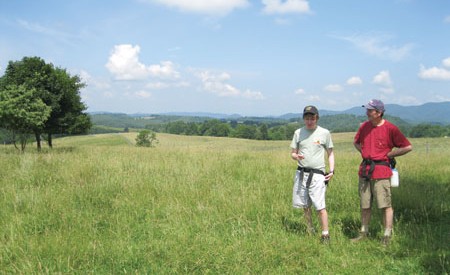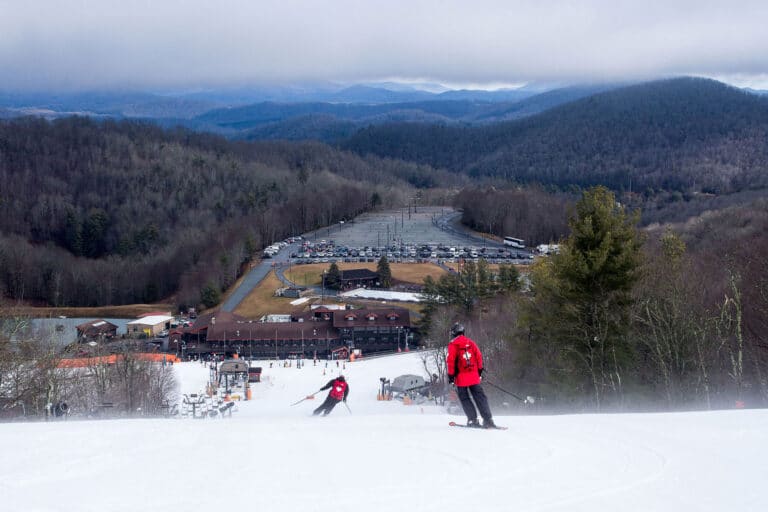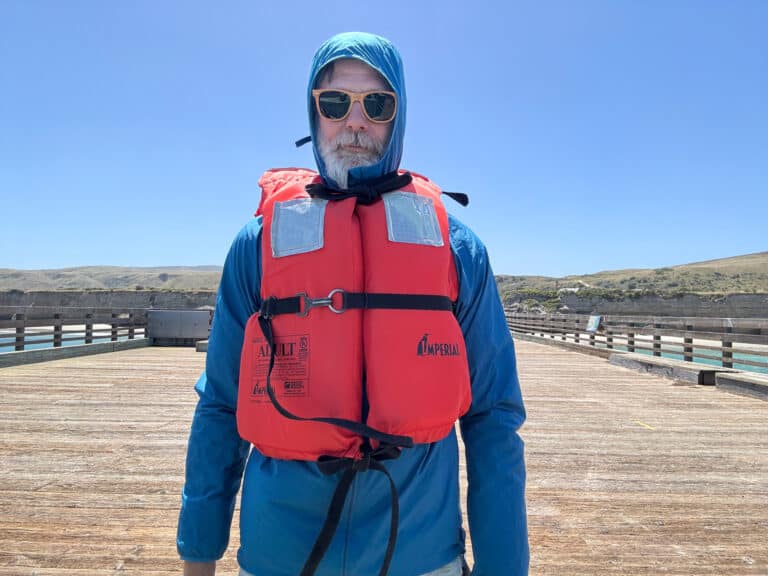After a daylong hike in Shenandoah National Park, our Boy Scout troop huddled in the November cold around a one-pot jambalaya bubbling on a camp stove. The scouts traded favorite horror stories from the hike, which featured 16 stream crossings, not all successful. My son Daniel, though, sat off to the side on a camp stool. I normally try to prompt conversation with him after an outing, but held off this time. He had had a difficult day and I wanted to allow some time to soften the rough edges. But one of the adults in our group, John, looked over and asked, “So, Daniel, how did you like the hike?”
I winced. “I was going to wait a bit to ask him,” I said. “He was a little cranky the last mile or so.”
John shrugged, and chuckled, “I was, too.”
We all had been. But the rest of us could laugh about it now.
Daniel wasn’t the only one in our group to get sore legs or wet feet that day. But he understood the least that it was part of hiking and would be a learning experience, even a funny story, once he was wearing dry socks and enjoying a hot meal.
What makes an experience like that different for Daniel, now 15, is that he has autism. Autism covers a wide band of social, communication, and learning disorders. In Daniel’s case, one of the manifestations is living in the here and now, with little foresight into outcomes, good or bad. That’s one of many symptoms of Daniel’s autism that I hope experience in the outdoors will moderate.
For many reasons related to his autism, Daniel isn’t one to go outside and play with his friends – and reap all the related mental and physical development. His communications skills are poor – he usually has to be prompted before he’ll say anything, and then it’s usually two- or three-word blurts.
My wife, June, and I signed Daniel up for Boy Scouts when he was 11. He took to camping right away, but hiking was something else. We started with some low-level 5-milers – sneakers, no packs, but he dragged. He didn’t seem to understand that the slower you go, the longer it takes.
So why sign him up for a 10-mile hike involving more than a dozen stream crossings? To get him outside in the crisp mountain air, to help build his coordination and motor skills, and to engage in the teamwork and camaraderie that goes with backpacking.
Our hike had sounded like a picnic-basket stroll; the trail is called Jeremy’s Run. A trailhead off the Blue Ridge Parkway leads to Neighbor Mountain, then down a steep switchback to Jeremy’s Run. You follow the stream for about six miles as it curves around the base of Knob Mountain, then ascend back to the parkway. Trail guides mention 14 stream crossings, but friends who had hiked it before remembered only stepping across a small creek a few times.
Once on the trail in the early morning, our crew of eight scouts and four adults made good time tumbling down the switchback to the stream before we stopped for a late-morning lunch on an outcrop of large rocks. When the trail seemed to dead-end at the stream, we looked for a blaze on the far side, picked out the best stepping stones to cross, and continued up the trail.
But the crossings seemed to get a little more complicated as we progressed. Maybe our energy was waning, or our patience. Maybe a rain a couple days before filled Jeremy’s Run above its normal level. At some crossings, stepping stones were underwater and we walked up and down the bank looking for a better crossing or a downed tree reaching across.
After a few successful crossings, one scout slipped off a damp, mossy rock, his foot plunking into chilly, calf-deep water that filled his boot. Dry socks came out of a pack. Each crossing seemed more challenging than the one before, and more scouts felt the stinging chill of late-autumn water in their boots.
Eventually, Daniel slipped. Once he got to the far bank, I felt inside his boot and his wool socks were still dry. We pushed on. At the next crossing, it was my turn. My boot slipped and I cringed at the cold water rushing into my boot. At the next crossing, Daniel slipped again. And so did I. And so did another scout. Daniel became more careful with each crossing.
Finally, after the last crossing and a dozen or more wet boots, the trail began to turn away from Jeremy’s Run and rise toward the trailhead.
The sun was dropping fast, taking with it what little afternoon warmth we had. We trudged up the hill with squishy boots and sore legs. We couldn’t get up soon enough for Daniel, though. His sunny morning mood was shot. He nagged, “Go back to the car.” He tugged on my pack. He tried to sit down on the trail. He wouldn’t believe that we were nearing the end, not until we reached the end.
That night, I never did get around to asking Daniel how he felt about the hike. A couple days later, though, he was out with his mother when a sudden chilly breeze stirred up memories of Jeremy’s Run. Unprompted, he said to June, “Cold. I had fun at the hiking … camping … sleeping in the tent. Cold. Water. Wet. Water. Fall.”
Which, to me, pretty much summed up a great hike.








